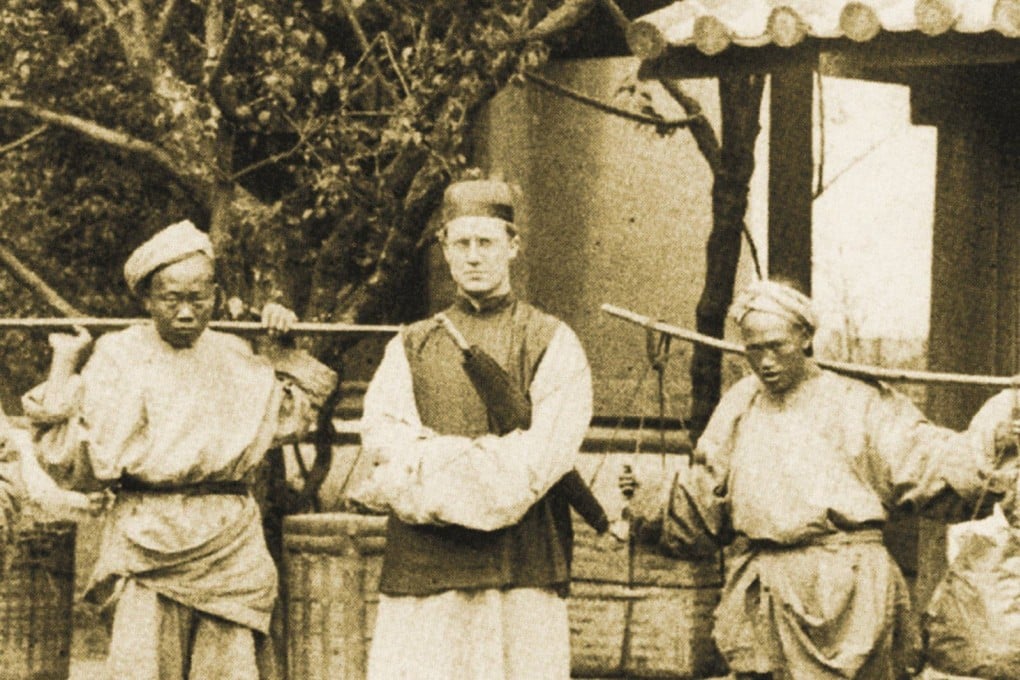Then & Now | The national identity of Australians in Hong Kong has evolved since the city’s 19th century urban beginnings
- Australians have long been weaved into Hong Kong’s colourful tapestry, often in the same thread as the British
- For some, an assumed commonality among ‘fellow nationals’ irritates

Hong Kong has accommodated Australians since its mid-19th century urban beginnings. Whatever their ultimate ethnic origins, “Australians” in this part of the world are – for the most part – immediately recognisable, as soon as they open their mouths. That distinctive twangy nasal accent remains a dead giveaway. But what was the resident Australian “community” like in the past?
Australian women were readily recognisable – enterprising business types were, and remain, a perennial local feature. In early times, many came as performers with travelling theatre companies, got beached by unkind fate, then worked precariously on the fringes of the hospitality industry. Others ended up working in brothels to stay afloat.
Well into the 20th century, Australians abroad – particularly in Asia – usually coalesced around the British identity banner, mostly through racial solidarity, similar outlooks and a common language.
Relatively small numbers contributed to this convergence; distinct communities evolve only when a certain critical mass is reached.
Journalist George Ernest Morrison, also known as “Morrison of Peking”, recorded this fluid national identity in an illuminating exchange in his chatty travel memoir An Australian in China: Being the Narrative of a Quiet Journey Across China to Burma (1895).
We drew alongside the junk and an Englishman appeared at the window.
“Where from?” he asked laconically.
“Australia.”
“The devil! What part? So am I …”

